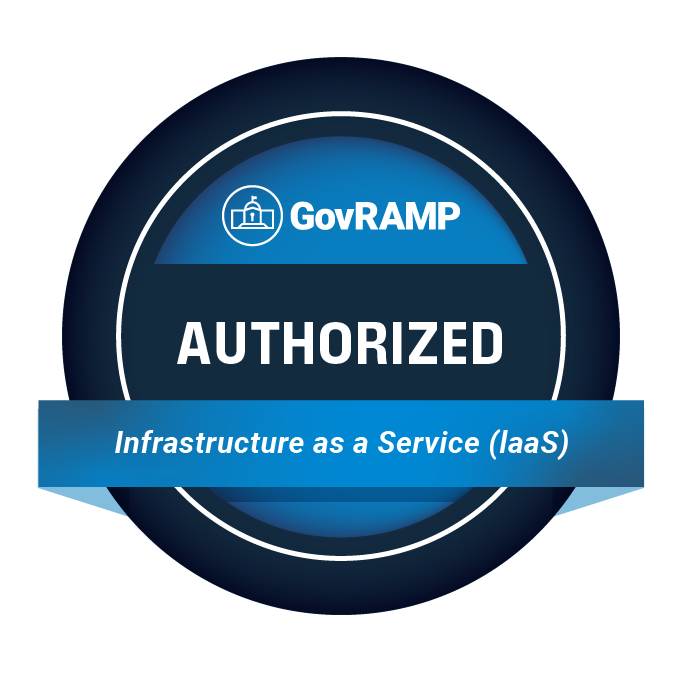To play this video, enable Statistics cookies. Google/YouTube may process your data – Learn more.
Transforming communities through digital government solutions and innovation
With more than four decades of public sector expertise, CGI delivers secure, citizen-centered innovations tailored to state and local needs. Our comprehensive approach encompasses digital strategy, systems modernization, and organizational change management—helping agencies enhance operational efficiency while meeting evolving community needs through accessible, responsive services.
Enterprise Resource Planning
Deliver results with CGI Advantage®, a unified, secure, and flexible ERP tailored for public sector organizations.
Health and Human Services
Accelerate outcomes with CGI Transcend®, a flexible case management solution designed for HHS agencies serving citizens.
Technology Innovation
Drive innovation through new and emerging technologies, delivering digital insights, human-centered design, cloud-native solutions, and more.
Data and AI
Unlock actionable insights with advanced analytics and AI to power informed decisions and measurable outcomes.
Regulatory Services
Transform licensing, compliance and enforcement with end-to-end digital solutions like CGI OverCite™.
Natural Disaster Recovery Services
Enhance recovery with proven technology trusted by states after major natural disasters.
Partner with a neighbor, access global excellence
CGI's client proximity model provides state and local governments with dedicated local teams that deliver the responsiveness and accountability essential for success. Our local experts understand each community's unique challenges, ensure rapid response times, and maintain direct responsibility for outcomes—all while leveraging our global delivery network for optimal service blend.
Our state and local government solutions
Learn more about our state and local government services
Ready to learn more about our team of state and local government experts? Connect with us to explore how we partner with your public sector organization to drive transformative experiences for communities, stakeholders and constituencies.
CGI US Cloud received GovRAMP Authorization for cloud services
CGI’s infrastructure as a service platform, which delivers and manages cloud-based business solutions to accelerate and future-proof state and local government transformations, is GovRAMP authorized.












